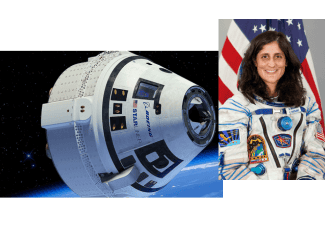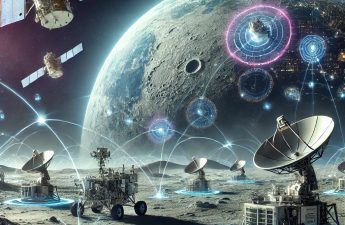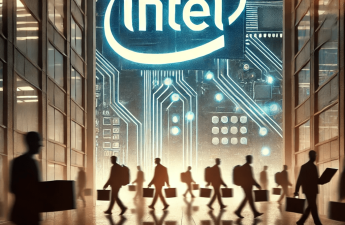Boeing’s Starliner spacecraft is preparing for its return to Earth today after a challenging test flight that began on June 5 from Space Launch Complex 41 at Cape Canaveral Space Force Station in Florida. Originally intended as an eight-day mission with astronauts Sunita Williams and Barry Wilmore onboard, the mission was extended indefinitely due to complications involving helium leaks and thruster malfunctions.
This mission was a crucial opportunity for Boeing to demonstrate the capabilities of its commercial space capsule, aimed at ferrying crews to the International Space Station (ISS). However, in a setback for Boeing, NASA announced on August 25 that the astronauts would return to Earth on Elon Musk’s SpaceX Crew Dragon in early February 2025 instead.
The Starliner spacecraft will autonomously undock from the ISS and is scheduled to land at White Sands Space Harbor in New Mexico on Friday, September 6, around 6:04 a.m. EDT (3:30 a.m. IST on September 7), pending favorable weather conditions. The live undocking and departure of Starliner from the ISS can be watched via NASA’s YouTube channel.
The decision to return Starliner without its crew was made after ongoing issues with helium and the spacecraft’s reaction control thrusters raised safety concerns. As a result, NASA and Boeing opted for a crewless return to ensure safety. Meanwhile, astronauts Williams and Wilmore will continue their stay aboard the ISS and are now scheduled to return to Earth in February 2025 on SpaceX’s Dragon spacecraft as part of NASA’s SpaceX Crew-9 mission.
Viewers can watch Starliner’s uncrewed journey live as it departs low Earth orbit, re-enters the atmosphere, and lands in New Mexico. The spacecraft is expected to begin its deorbit burn at 11:17 p.m. EDT on Friday (8:47 a.m. IST on Saturday), with landing anticipated at 12:03 a.m. EDT (9:33 a.m. IST).
On September 4, NASA held a press conference discussing the pre-departure details of Boeing’s crew flight test. The discussion focused on the return of Starliner and its implications for the mission and the ISS. NASA and Boeing officials provided updates on key aspects, such as the return of valuable cargo, including reusable oxygen tanks, and assessed potential risks to the ISS and ground safety during Starliner’s re-entry. Reassurances were provided that the spacecraft’s thrusters underwent rigorous testing, with 27 out of 28 thrusters functioning correctly.
As Boeing’s Starliner embarks on its return journey, all eyes will be on this critical moment for Boeing’s space exploration ambitions.



